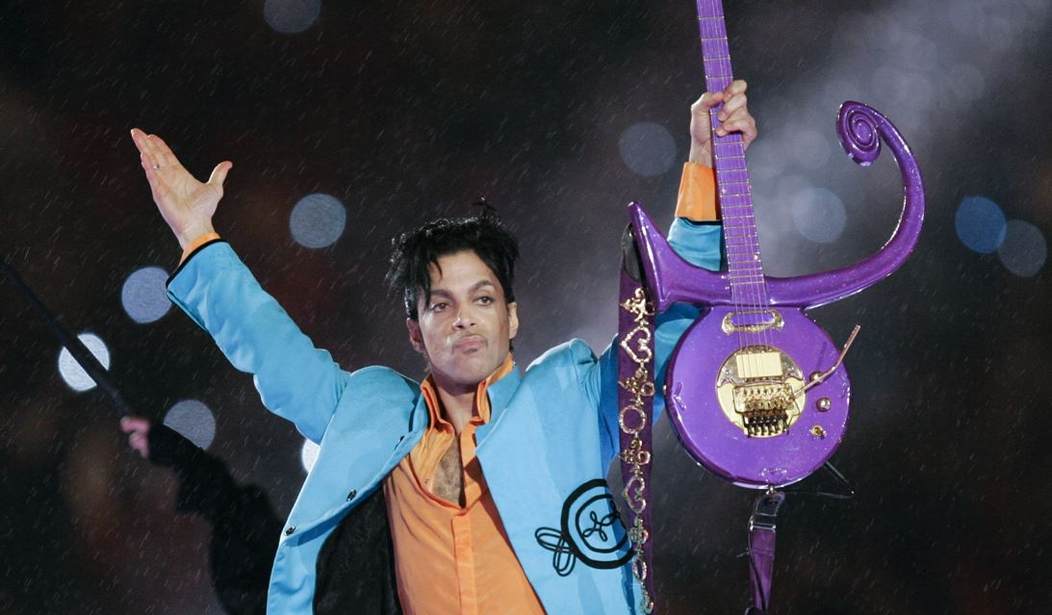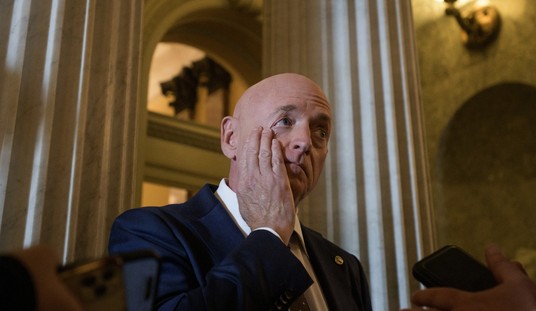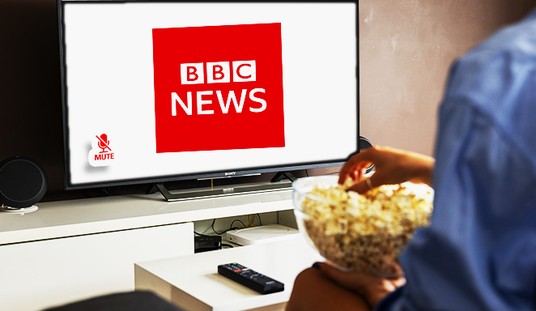After these last few presidential elections, many Democrats are celebrating that states such as Georgia, North Carolina, Arizona, and Texas are in purple play. Perhaps they should reconsider both sides of that political reality.
Maybe it is just for Prince fans like Becca Lower and me, but when we see the color purple, we get a warm feeling inside. There is nothing like being a part of “Purple Posse”, knowing that your late, eccentric, little-Black-dude-in-heels was a better band — by himself — than any other rock band that your friends and family will profess to love. After all, he could take others’ best songs and turn the performances on their heads on the biggest stages (one could ask Dave Grohl about that) in a way that infused multiple genres of music and multiple ethnic backgrounds.
The more one listens to Democrats discussing the 2020 electoral results in Georgia, they sound like they have found their political nirvana – the event that brought together people from multiple backgrounds to turn politics on its head. They believe that, when looking at elections such as 2020 Georgia, 2020 Arizona, 2018 Texas (i.e., the O’Rouke/Cruz race), and 2008 North Carolina, they have finally achieved the “purple-ing” of the electoral map. They believe that America’s continued cultural diversification has reached a tipping point where the political left will dominate key elections at the state and federal levels, even in highly-populated states that were once seen as solidly red just a few years ago.
I hate to rain on their purple parade, but this simply is not true.
As I mentioned during the online event on Tuesday with Heritage Foundation, (“Multi-Ethnic Conservatism: Americans With Diverse Backgrounds Seek to Conserve What’s Good About America”), Democrats overlook some obvious factors that drove record levels of voting this election. Whereas most Democrats are apt to tell Americans that minority voters and younger voters came out in high numbers to vote President Trump out of office, they also are wont to neglect the increased number of Black voters for Trump from 2016 to 2020. Further, they refuse to acknowledge that the high turnout in the streets of cities including Pittsburgh, Philadelphia, and Atlanta to protest throughout 2020 over police misconduct and racial inequity also drove more people to the polls in November. This turnout was meaningful, as it was not just against Republicans, per se. It was also a pushback against the status quo in urban cities as well. It served as a continuation of rejecting the “…you ain’t black…” attitude that Democrats have shown towards many Americans for decades.
Black voters – and dare I say, most Americans due to the tiresome woes of 2020 – are fed up with the status quo. As a result, all political “norms” are being flipped on their heads. If more of the nation is moving towards a deep shade of purple after the 2020 election, it means that some red states could be shifting blue, yet it also shows that some solidly blue regions are willing to shift towards the purple center as well.
States such as Texas and Pennsylvania have rescinded their straight-ticket voting laws, prompting these voters this fall to choose candidates individually while also forcing politicians and parties alike to compete for each individual vote more than they have in recent times. Protests against urban staple policies such as racial profiling by police and redlined-driven school assignments have been loudly pushed back against, with the will of the people voiced in both polling for school choice and protests for police reforms. Complaints that have been exacerbated due to the pandemic – including those academic achievement gaps, occupation gaps, earning gaps, and healthcare disparities – have highlighted a stark reality: that Democrats may have had Black and Brown voters’ in November, but they had failed to earn respect and relationships with these Americans throughout the rest of the year. They want – and deserve – something better than the angst that they have received through status quo politics in their communities for decades.
In essence, a purple political map under these conditions means that everyone – every voter, every issue, and every victory or failure from the past – is in political play.
When understanding the election through these dynamics, it makes more sense that no Republican-controlled state assemblies turned over to Democrat control. When remembering that urban voters in Atlanta were angry at rigid realities in that city just as much as they may have been frustrated with the Trump Administration’s response to the pandemic, it makes sense that the best that Democrats could do are two US Senate runoff elections in January when victory could have been secured in at least one. When reflecting upon the fact that Democrats have controlled urban regions (much of it through straight-ticket voting in Pennsylvania, Texas, and Michigan) for decades and had two ground-breaking young presidents in their fold since 1992, it is a stark reminder that politicians win elections, but leaders win the day.
More voters are looking for true leadership, not more of the same from politicians. 2016 showed us that with the Trump upset. 2020 has highlighted that desire even more. People do not want the same policies that they have gotten over the years, ones that have led to failures in education, economic development, criminal justice abuses, and social unrest. People do not want the same styles of leadership, ones that have led to “do as I say, not as I do” actions from governors and the cultural elite alike that divide the nation more. People do not want the emotional high of “hope and change” without getting much in the ways of progress.
The voting patterns of Americans are shifting as the policy failures have mounted. Working-class White voters have shifted right in states such as Wisconsin and Pennsylvania. Many suburban middle-class women have migrated left in recent elections. As well, polls are showing us that Black, Latino, and young voters overall are less inclined to follow partisan patterns. They are emerging new constituencies – ones that may likely always be “purple” due to their views on race, gender, socioeconomics, criminal justice, and education reforms. Democrats falsely believe that this purple is the new blue. Yet, if they really pay attention to what Americans are thoroughly saying about modern-day policy-making and politics, they might understand that these shifts by way are merely a sign of the times for us all.













Join the conversation as a VIP Member